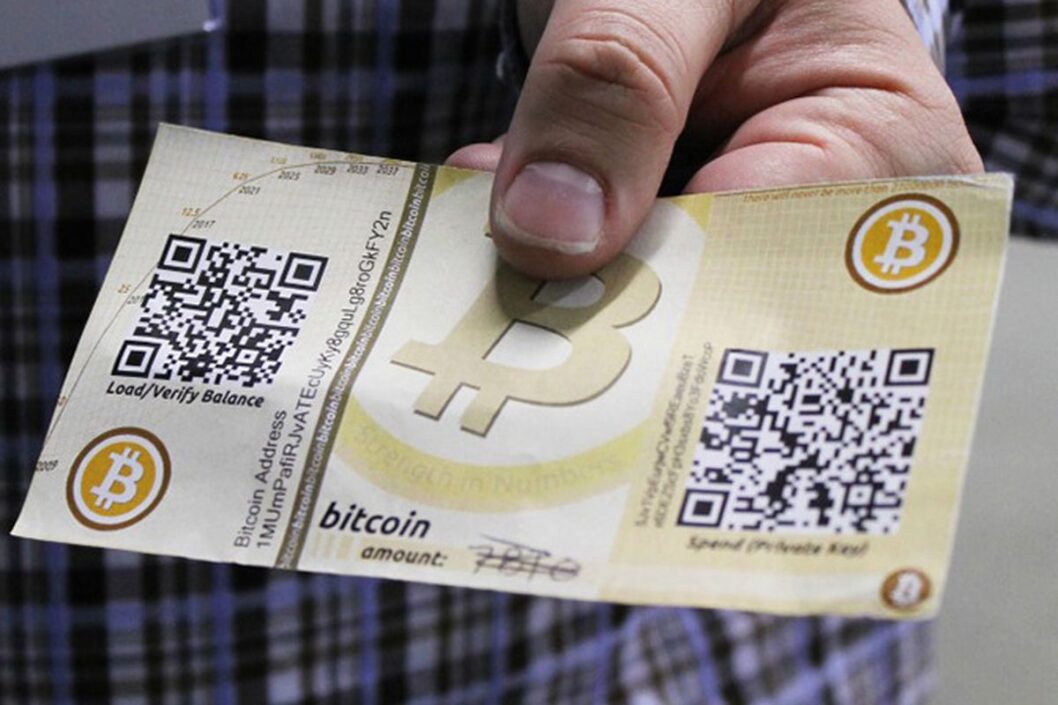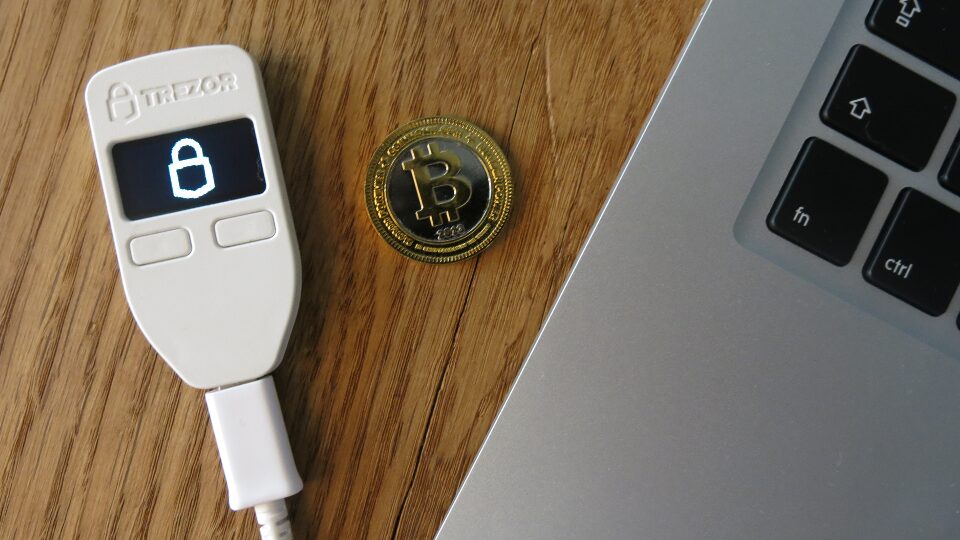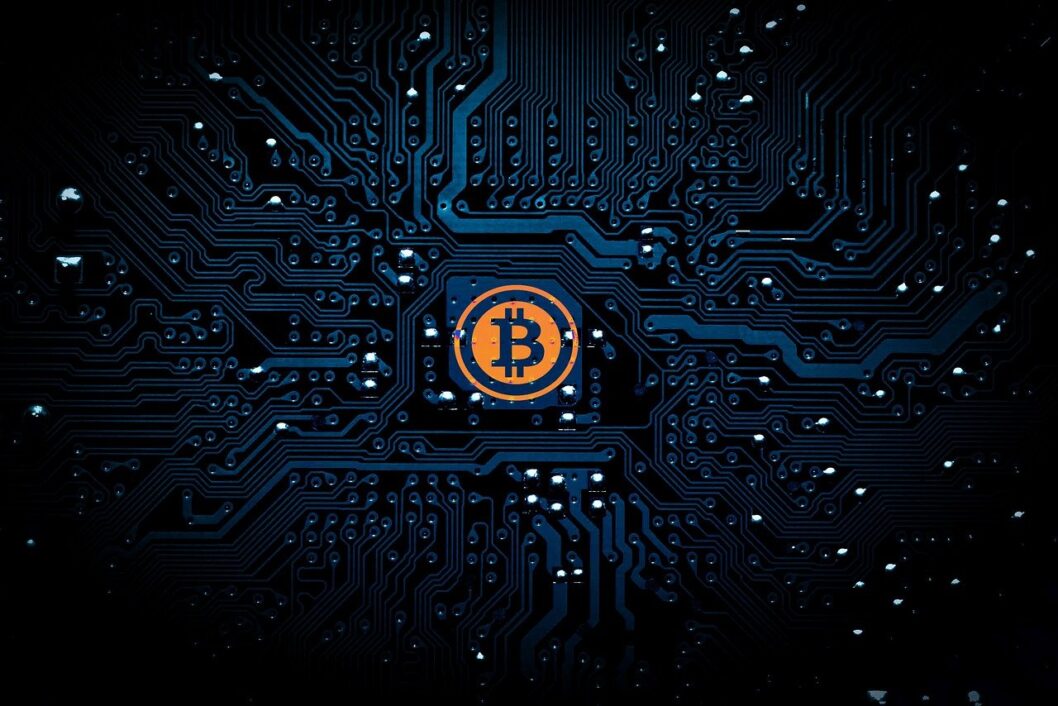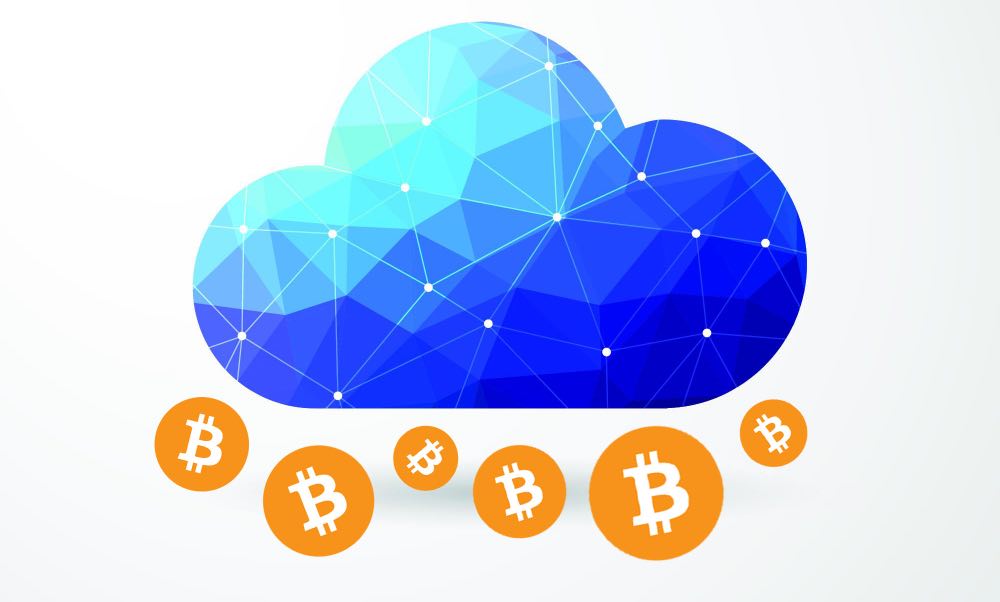Bitcoin has regained the spotlight again, both from the media and from investors. From its value of a little over $4000 back in March of 2024 to over $14,000 in November. The relentless volatility continues, with some saying that by the end of the year, the value is going to surpass $15K for 1BTC. Whatever happens, Bitcoin managed to shut down rumors about being a fad, a bubble that will eventually burst.
Buying Bitcoin is only half the work, while storing it safely takes a different kind of knowledge. Hot and cold storages are the usual way of saving and protecting your coins. Even though Bitcoin is digital money, it’s still real money, and it can be stolen, or in this case, hacked. In the past, wallets have been the targets of multiple hacking attempts, so security became the number one priority among Bitcoin owners.
Crypto wallet

Source: hackernoon.com
A cryptocurrency wallet is a software where digital coins are stores, protected, and from where you can monitor, send, and receive cryptos. If you have Bitcoins, you have to have a wallet. There are various kinds of storage available, but they all fall into one of the two categories: hot and cold wallets.
Hot wallets are always connected to the internet, which means the funds can be accessed at any time for transfers. The usual hot wallets are the most mobile ones, software, cloud, and all online storage.
Cold wallets are the opposite, meaning that they are offline, and the Bitcoins cannot be transferred with one exception of receiving the coins. Those are hardware wallets like USB and other physical means of storage.
Both hot and cold wallets are used for different purposes. For daily transfers, buying and selling small amounts of coins, etc., hot wallets are more convenient. Still, if you have large amounts of Bitcoin to store, the safest way would be in the cold storage, offline.
Paper wallets

Source: theverge.com
Paper wallets are the physical copy of your keys and are considered to be cold wallets. This might seem like a primitive way of saving your Bitcoin, but it’s one of the most secure ones. You’ll need paper and a printer, or even a pen and paper to have a copy of your public and private keys. This will be the most valuable piece of paper you can own. Store it safely, like in a bank safe, or home safe, or anywhere else where no one will have access to. Without the keys, you won’t be able to get into your wallet, so think twice about where you’re going to store them.
There is a downside to paper wallets that you need to be aware of. They are easy to copy; someone could take screenshots, etc., so they can be very vulnerable. Even worse, you can lose the paper. For these reasons, many choose several different places where they store the copies just in case one of them gets destroyed or lost.
Hardware wallets

Source: bitcoinrevelations.com
Hardware storages are as cold as the wallet can get. Your private and public keys are stored on devices like USB and securely stored. Hardware wallets are almost like your back-pocket wallets. To make transfers, buy, sell, or trade, you only need to plug in the hardware store into the computer, do the transfers, plug out, and your funds are safe again. This is the safest way of storing Bitcoins. The only thing you have to be careful about is not losing the hardware, but this should go without saying. Just as you would do with the paper wallets, store the USBs somewhere where only you would have access to. Read more about the ways to cold-store Bitcoins at cpomagazine.com.
Software wallets

Source: pexels.com
Software wallets are considered to be hot wallets, and they are installed in your computer just like any other software would be. You can have access to your coins at any time you’re online, to buy and sell, make payments and transfers. They are not considered to be very safe, though. Many of hacker’s attacks targeted hot wallets, and they are generally prone to stealing. Hot wallets are easy to break into, get infected with viruses, and clean them out. Hot wallets are used to store small amounts of digital coins, just enough to make a purchase or buy something online, but everything else is often safely stored in cold ones. They are also very convenient since they can be accessed from your phone, tablet, or any other device connected to the internet. So, they can be useful, but don’t put all of your Bitcoins in one.
Cloud wallets

Source: philippines.bc.events
The least secure wallets are the cloud wallets. They can be accessed from any device, any computer, phone, literally from anywhere that you have an Internet connection. This leaves them vulnerable to various attacks, viruses, and unauthorized transactions. Reversing the damage is almost impossible, so make sure that you use them cautiously. A few Satoshis can be stored here, but if you own large amounts of different coins, including Bitcoin, hot storages like cloud are not the best choice. Hackers can break into them with ease leaving you scratching your head. Your keys will be exposed to many people, including your service provider, which can be very risky unless you put a huge amount of trust in people and the services. So, be smart, use the hot wallets as well as the cold ones, just for different purposes.
How to secure the keys?
There are a few things you can do to make your coins more secure. For example, enable 2-factor authorization, choose a strong pin code that would be hard to break, and always be on the lookout for any suspicious activities.
Keeping the cryptocurrency for a long time on the exchange market can give plenty of time to the hackers to try and break into your wallet, so stay as long as it is absolutely necessary and no more. And, of course, this should go without saying, don’t put your Bitcoins publicly under your real name or address. As you can see, even with all safety practices put in place, there is still some risk involved, so make sure to take every step needed to minimize the chance of getting hacked.


















